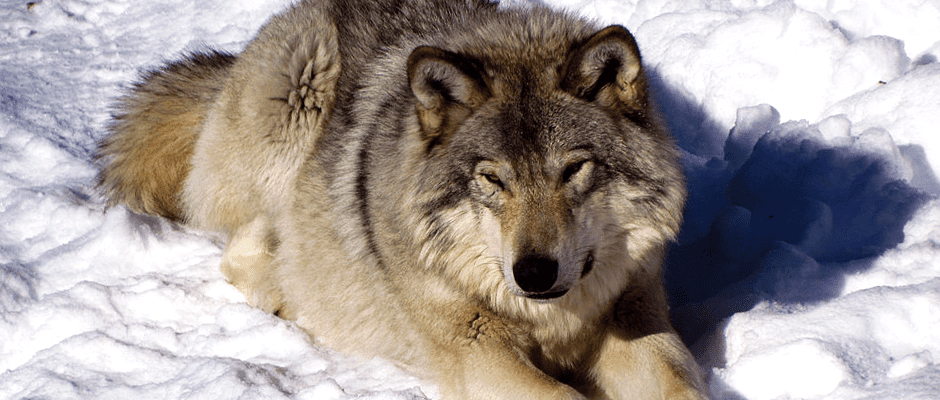Share this article
In high numbers, apex predators suppress lesser ones
From Canada to central Europe to Australia, top predators can control lower-order predators and exert an influence over the broader ecosystem, a new study found, especially if they appear in large numbers.
Thomas Newsome, postdoctoral fellow at Australia’s Deakin University and the University of Sydney, and his fellow researchers examined public bounty records available through government and hunting organizations on three continents to compare the numbers of top — or apex — predators with the populations of lower-order predators — mesopredators — that lived near the edge of the apex predators’ ranges.
“In all three cases, we found top predators can suppress the abundance of their respective lower-order predator,” said Newsome, lead author on the paper published in Nature Communications. “Suppression mainly occurred where the top predator occurred in high numbers over a large area in the core of their range.”
In the Australian state of Queensland, the biologists looked at records from the 1950s on dingoes (Canis dingo) atop the food web and red foxes (Vulpes vulpes) beneath them. In Europe, they traced first-order gray wolves (Canis lupus) and compared them with golden jackals (Canis aureus) in Serbia and Bulgaria for a decade starting in 2000. And in Saskatchewan, Canada, they studied gray wolves and coyotes (Canis latrans) from 1982 to 2011.
“We found a progressive decline in mesopredator numbers as they pushed into the top predator’s range,” said Newsome.
This dynamic is quantified through the “edge effect” — how far a mesopredator can exist into a top predator’s range before increasingly numbers of the top predator suppress mesopredators altogether.
In the U.S., Newsome said, the extensive hunting and trapping of wolves through the early and mid-1900s has increased coyote numbers and enabled coyotes to expand their range up to Alaska, to the East Coast and into urban areas such as Chicago. Wolves have returned to about a fifth of their historic range in the contiguous U.S., he said, and their growing numbers could boost small and medium-sized native prey populations by keeping coyote densities in check.
“In areas where wolves are occurring in lower numbers, or where they’re impacted by hunting and trapping, we predict they’ll have a weakened effect,” Newsome said. “If we want to benefit from the return of wolves in terms of suppressing coyote populations, we need to give wolves a chance to recolonize large landscapes and build their numbers high.”
Previous research from Yellowstone National Park indicated that gray wolves limited coyote populations in localized areas, Newsome said, but this was the first to analyze how many apex predators it takes to suppress mesopredators over the broader landscape.
Newsome believes researchers may find similar interactions between pairs of competing predators elsewhere in the world. He is now conducting a study in northeast Washington, where wolves recently recolonized the ecosystem, at the edge of their range.
Header Image: A gray wolf rests in the snow in Quebec, Canada. ©Gordon Robertson








